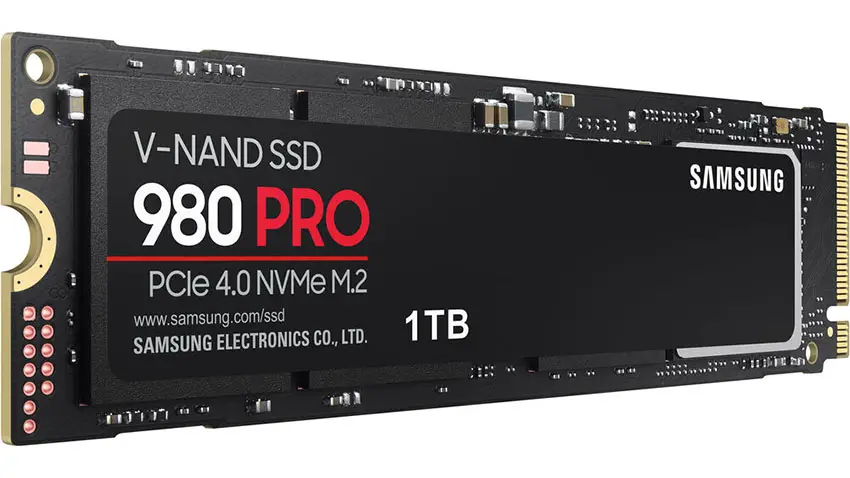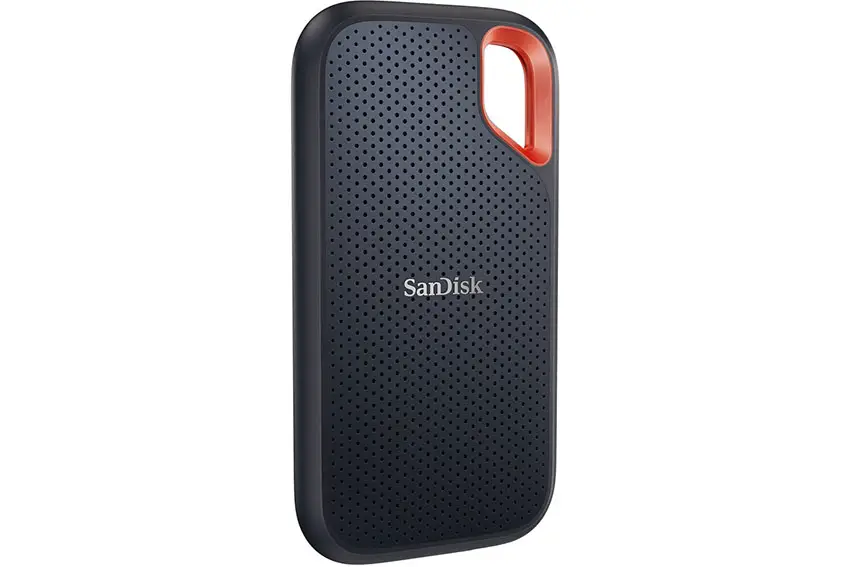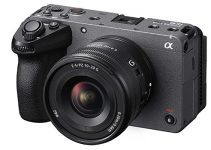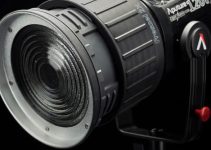Buying a MacBook is never as simple as just buying the base model when you are a creative. You have to consider whether the memory, graphics, processor, and more are worth the upgrades. And Apple upgrades aren’t exactly cheap.
Let’s look at one area in particular with the new M2 MacBook Air: storage. Should you upgrade up front or just come up with your own plan using external SSDs?
Kevin Ross actually breaks this down whether you are still toying with the MacBook in your shopping cart or you already made the investment so there should be something here for everyone.
There is always going to be an added cost with a new laptop purchase. You’ll have to consider whether you have room in your budget up front, where you might have added benefits, or whether alternative solutions are going to be for the best.
Before you get started upgrading your MacBook’s configuration, you’ll want to ask a few questions:
- What are the demands of your current workflow?
- What storage is used up on your current setup?
- Do you often need to move larger projects to external storage?
- Do you use any cloud storage?
- Will you ever want to make a virtual machine?
Think about it holistically. If you currently are just fine with 256GB of internal storage then consider why you might need more soon that would justify the cost on a new computer. The cost keeps going up and up the more storage you need.
DIY SSD Options
If you are a fan of external drives, or find it the best option, then you might as well learn which are the best.
For external enclosures you’ll want to look at Thunderbolt 3 and/or USB4 options. To check this you may see a reference to the controller – Alpine Ridge or Titan Ridge.
Alpine Ridge is technically designed for Thunderbolt 3 exclusively while Titan Ridge can perform as either a Thunderbolt or USB drive. Thunderbolt is usually faster.
If you are going with enclosures you will need to understand this is more of a DIY solution.
Using NVMe drives you can find options that use PCIe Gen 3.0 to realize speeds of around 3,500MB/s or PCIe Gen 4.0 to up to 5,000-7,000MB/s. Price is the main differentiator here.
However, those speeds are for ideal installations directly in a motherboard. With external enclosures you’ll be limited to the bus speed, which tops out with Thunderbolt at 40Gb/s.
Realistically this translates to about 26Gb/s, or about 3,250MB/s.

Image Credit: Samsung
Right now Ross’s go-to drive is the Samsung 980 PRO paired with an ACASIS USB Enclosure or a Fledgling Thunderbolt 3 Enclosure.
As for cost, an enclosure will run a little over $100 for fastest speeds while a 1TB SSD could be anywhere from $80-130. Considering the extra cost for 1TB internal storage is $400 this can seem like a great deal.
All these options will provide plenty of speed for video editing since you’ll likely hit CPU or GPU bottlenecks long before you hit the maximum potential of the drives.
External SSD Options

Image Credit: SanDisk
If you want something a bit more put together you should look at some easily available external SSDs.
You’ll want to look out if they says USB 3.2 Gen 2×2 as the MacBooks don’t seem to support the full speed here and fall back to around 1,000MB/s.
The two drives he mentions are:
You can’t really go wrong with either of these.
Summary
If you have already invested in a base MacBook Air then you will be well served by any of these external options.
If you are still considering whether the investment is worth it you should think about how you plan to use the storage. For archiving or only occasionally accessing the larger storage then external may be more practical.
Reasons that may push you to upgrade the internal storage include being able to run a virtual machine, added speed on the internal storage, and more portability.
[source: Kevin Ross]
Order Links:
- Apple MacBook Air w/ M2 Chip (B&H, Amazon)
- Samsung 980 PRO PCIe 4.0 NVMe M.2 SSD (B&H, Amazon)
- ACASIS USB 3.2 Gen 2×2 Type-C NVMe SSD Enclosure (Amazon)
- SanDisk Extreme Portable SSD V2 (B&H, Amazon)
- Samsung T7 Portable SSD (B&H, Amazon)
Disclaimer: As an Amazon Associate partner and participant in B&H and Adorama Affiliate programmes, we earn a small comission from each purchase made through the affiliate links listed above at no additional cost to you.



